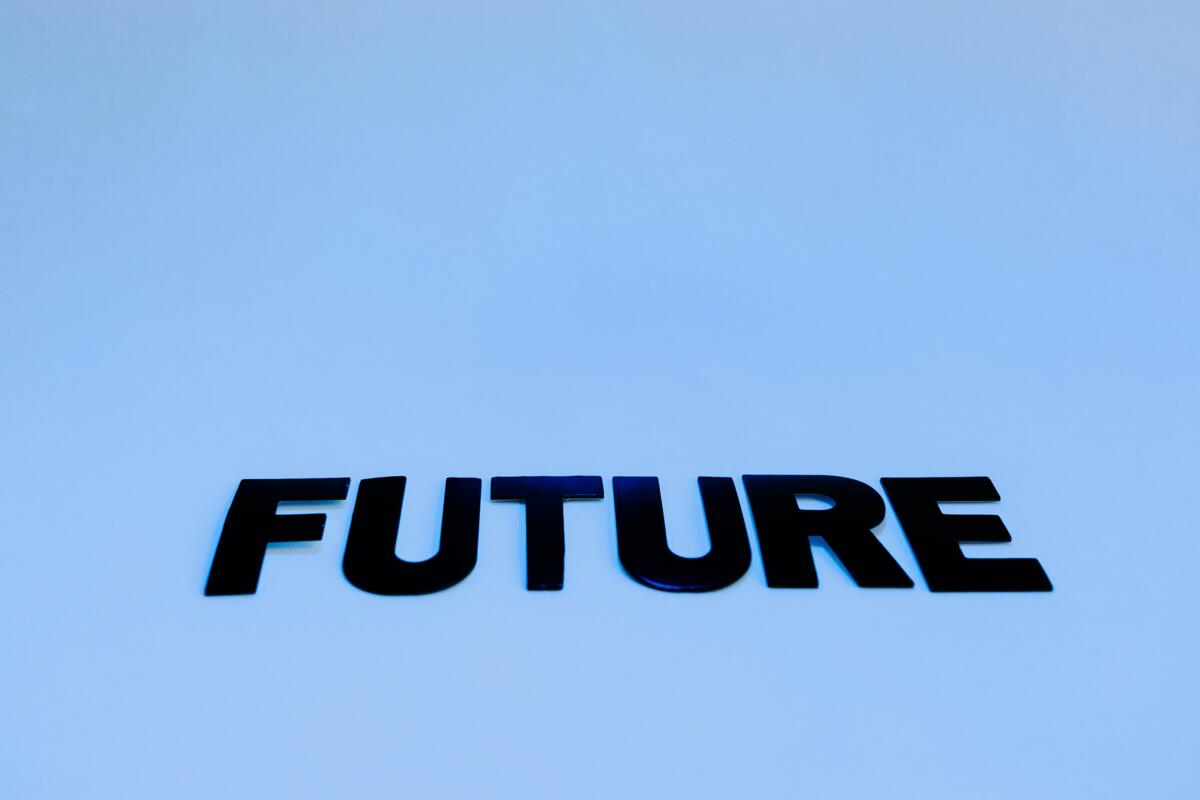How can we learn from the future? What if we are all wrong? The quality of our decisions can be improved, and our forecasting skills can be trained in an uncertain world. The value of imagining alternative futures is in the process of questioning assumptions and common mental models, and in preparing for uncertain but conceivable futures.

As if it was not hard enough to forecast the future, researchers have developed the obscure acronyms of TUNA (turbulent-uncertain-novel-ambiguous) and VUCA (volatile-uncertain-complex-ambiguous) to capture the complexity of the problem.
Forecasting essentially reduces the uncertainty of the future by using our experience as guidance. The idea is that if today looks similar to yesterday, then we can expect that today's tomorrow will look like yesterday's tomorrow. This sounds intuitive and simple to apply.
By following this line of thought, we accept a conception of the future as singular and knowable. And we can enjoy the emotional security that our calculations and narratives will show us what to do, with our investments or a company, with the precision of a model of classical mechanics.
This is a healthy decision-making process, and we routinely collect all the information we need to make our forecasts and quantify the odds of their occurrence. Then COVID-19 hit.
Successful prophets
In reality, all events are so complex that forecasting is always a matter of grappling with "true uncertainty," as Frank Knight called it, which is not susceptible to measurement.
As Knight saw it, an ever-changing and uncertain world brings new opportunities for businesses to make profits. In his words, "at the bottom of the uncertainty problem in economics is the forward-looking nature of the economic process itself".
The essence of economic competition is that entrepreneurs' opinions compete in the markets, and profit stems from some opinions being more accurate than others.
In the investment world, the ability to beat the market, known as alpha, is the result of making better forecasts than the market, so only this rare skill should be financially rewarded.
In short, successful entrepreneurs and great investors are good forecasters.
Imagination is profitable
In an uncertain world, the quality of our decisions can be improved, and our forecasting skills can be trained.
One has to step back from the notion of the future as singular and knowable and embrace the possibility of multiple futures.
"We can learn from the future", in Peter Scoblic's words, by building alternative scenarios and planning various courses of action for each of these scenarios. The process works well as it reduces our biases, typically based on experience and commonly accepted assumptions, and renders us more flexible and perceptive to changes in the environment.
In short, uncertainty can inspire superior judgement and a better course of action. This may sound counterintuitive, though, as we are typically discouraged from taking decisions when their outcome is perceived as uncertain.
The hard job is abandoning the notion of a deterministic world, acknowledging the limits of experience and envisioning alternative futures.
'What if we are all wrong?
Below is a gust of thoughts on what might go very wrong. Admittedly, our narratives belong to the extremes of critical probability distributions far outside the realm of ordinary experience.
In a joint communique on socials and TV channels in October 2022, Prime Ministers and Head of Central Banks of major developed economies proclaim default on government debt. A wave of banking crises, recessions, currency and market crashes follows. The restructuring process lasts several years.
In September, a more virulent and vaccine-resistant mutation of Covid spreads globally. Too late, governments in significant economies rush into introducing restrictive measures and imposing compulsory vaccination. With medical systems under stress, health emergencies lead to social unrest and eventually to a security crisis. The plague ends in 2027.
Uncontrolled budget deficits and accommodative monetary policies in G10 lead to hyperinflation in 2023. Output collapses, financial intermediation sharply reduces and social unrest surges in the run-up to and during the hyperinflation. It takes years to stabilize the economies. China keeps inflation low.
In May, terrorist attacks successfully targeted oil facilities in UAE, triggering an inexorable rise in oil and natural gas prices. The oil surplus and inventories are quickly wiped out, and the oil industry cannot increase supply. The prohibitive cost of oil leads to a broader jump in inflation, increased production costs, and reduced output, ultimately resulting in global stagflation.
Political divisions, mistrust in the institutions, economic inequality and high inflation, reach their highest level before mid-term elections in 2022 and lead to a deep institutional crisis. Violent protests erupt in the streets until an authoritarian regime is installed. Democracy in the US will be fully restored in 2028.
The value of imagining alternative futures is in the process of questioning assumptions and common mental models and in preparing for uncertain but conceivable futures. Like successful entrepreneurs do.

